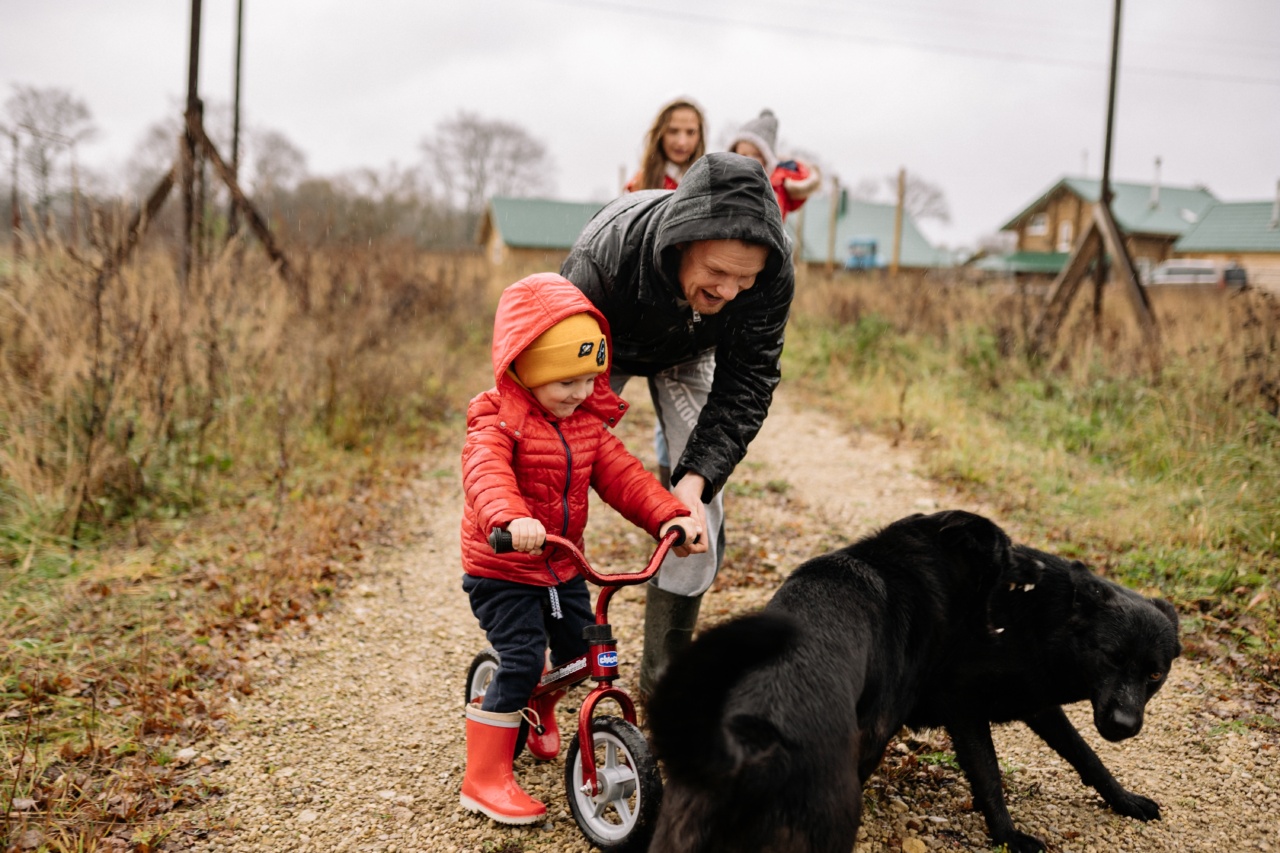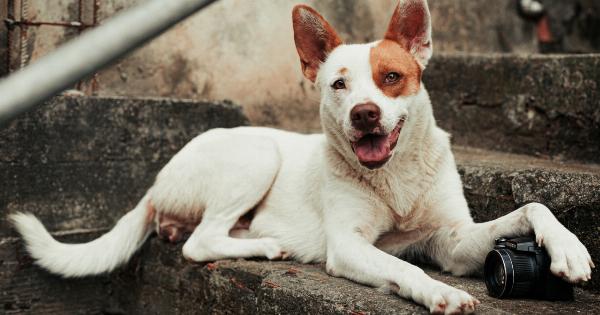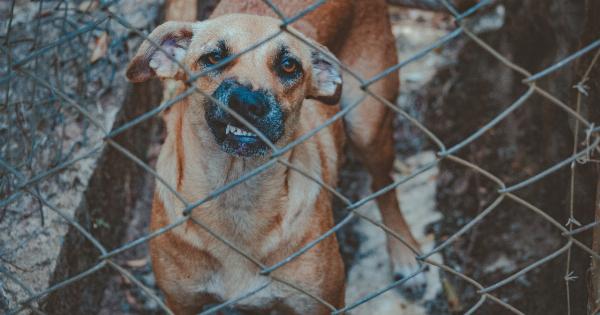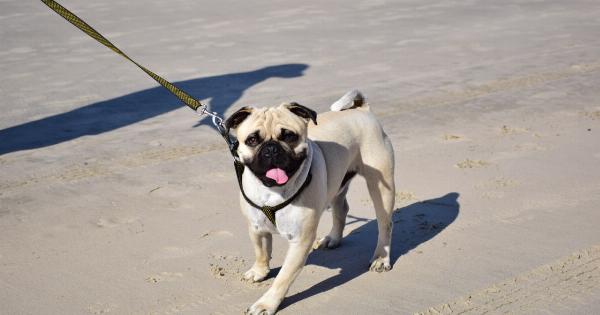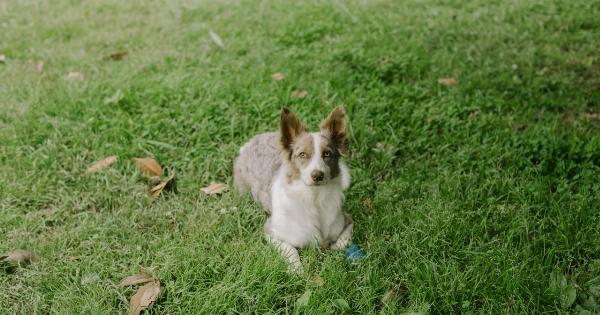Dealing with a fearful dog can be heartbreaking, frustrating, and a bit scary. But, it’s important to know that fear in dogs is a normal emotion that they experience, and it’s something that can be managed with the right techniques.
Below are three proven techniques to help your fearful dog:.
1. Counterconditioning
Counterconditioning is a technique that involves changing your dog’s emotional response to a stimulus that is causing fear or anxiety.
For example, if your dog is afraid of thunderstorms, you can try to change their emotional response to thunder by pairing it with something your dog loves, like treats.
Here’s how to do it:.
- Start by exposing your dog to the stimulus at a low level.
- For example, if your dog is afraid of thunder, play a recording of distant thunder at a low volume.
- As soon as you start playing the recording, give your dog a treat.
- Do this repeatedly, increasing the volume of the recording over time, and always giving your dog a treat at the same time.
- Over time, your dog will start to associate the stimulus (thunder) with something positive (treats), and their fear response should begin to lessen.
2. Desensitization
Desensitization is a technique that involves gradually exposing your dog to the stimulus that is causing fear or anxiety, in a way that doesn’t cause a fearful response.
For example, if your dog is afraid of strangers, you can gradually expose them to strangers in a controlled environment.
Here’s how to do it:.
- Start with a very low level of exposure to the stimulus. For example, if your dog is afraid of strangers, start by having a friend stand a few feet away from your dog while ignoring them.
- If your dog remains calm, reward them with treats or praise.
- Gradually increase the intensity of the exposure over time, always making sure that your dog remains calm. If your dog becomes fearful, take a step back in the desensitization process.
- Continue to reward your dog for remaining calm during the exposure.
- Over time, your dog should become less fearful of the stimulus.
3. Distract and Redirect
Sometimes the best way to deal with a fearful dog is to distract them from the stimulus causing the fear and redirect their attention to something positive.
For example, if your dog is afraid of loud noises like fireworks, you can distract them with a game or toy they love.
Here’s how to do it:.
- As soon as you notice your dog becoming fearful, distract them by offering a high-value treat or toy.
- Engage your dog in an activity they love, like playing fetch or practicing tricks.
- Continue the activity until your dog has forgotten the stimulus that was causing the fear.
- Repeat as often as necessary whenever the fear response is triggered.
Remember, fear in dogs is a normal emotion, and it’s something that can be managed with the right techniques. Be patient, consistent, and always reward your dog for positive behavior during the process.
